AI, robot fruit pickers and the future of arable farming
They can use AI to detect the perfect moment to harvest a crop, destroy weeds with lasers and run on green energy. But what does the rise of agri-robotics mean for human farmers, asks Steven Cutts

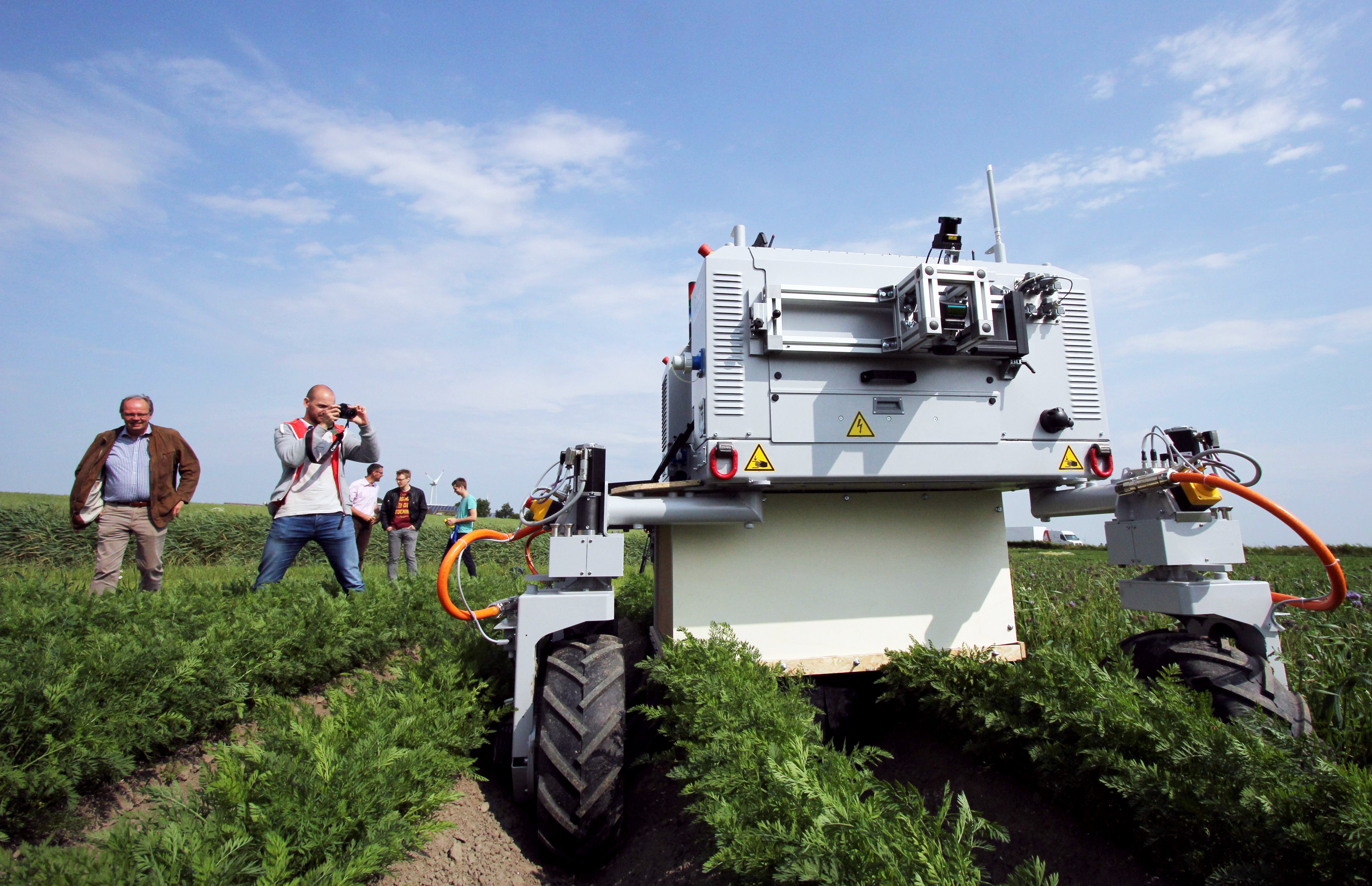
There are some things that robots can do very well. Let’s face it, your average car assembly line doesn’t involve a lot of people these days but a car assembly line is a carefully controlled environment. Modern manufacturing is an almost exclusively indoor activity, it requires a predictable internal climate and entirely predictable components. Even the unpainted door panels are fed into the system in a safe and reproducible way.
How then can we possibly address the challenges of the farming industry using robotic equipment? An environment that our ancestors exposed themselves to every day has become a no go zone to millions of modern people and the average farmer in the US is now well into his fifties.
The answer to this problem may lie in robotics. Britain has a long-standing tradition of recruiting seasonal fruit pickers from eastern Europe but with all the fallout from Brexit this may not be possible for much longer.
Brexit and a completely unexpected pandemic have reinvigorated the British interest in robotic farming. For many years now, Britain has airlifted about 60,000 people from central Europe into our farms for the fruit picking season. Plants have a habit of producing fruit on an entirely unpredictable branch and at first sight, it’s difficult for a machine to identify the location of the fruit, pick the fruit (without causing damage) and store it in a nearby basket.
Read More:
However, a pressing need for alternative labour combined with recent advances in robotics and computer technology are about to make this possible. Historically, Britain has had a leading role in the development of robotics but sadly, most of our industrial robots are now imported. There are, however, a number of UK-based startup companies that may make their mark in the next few years, especially in the field of farming.
Agri-forwards is a group in East Anglia that is now dedicated to the development of the next generation of robotics in farming. It includes researchers at Lincoln, the UEA and the University of Cambridge. The Cambridge centre is led by Fumiya Iida. He is passionate about the potential of his work to improve farming and his unit is about to become a world leader in PhD student research numbers in the field of farming. Fumiya and I discussed the potential of this technology and how it could improve the lives of farmers in this country and around the world.
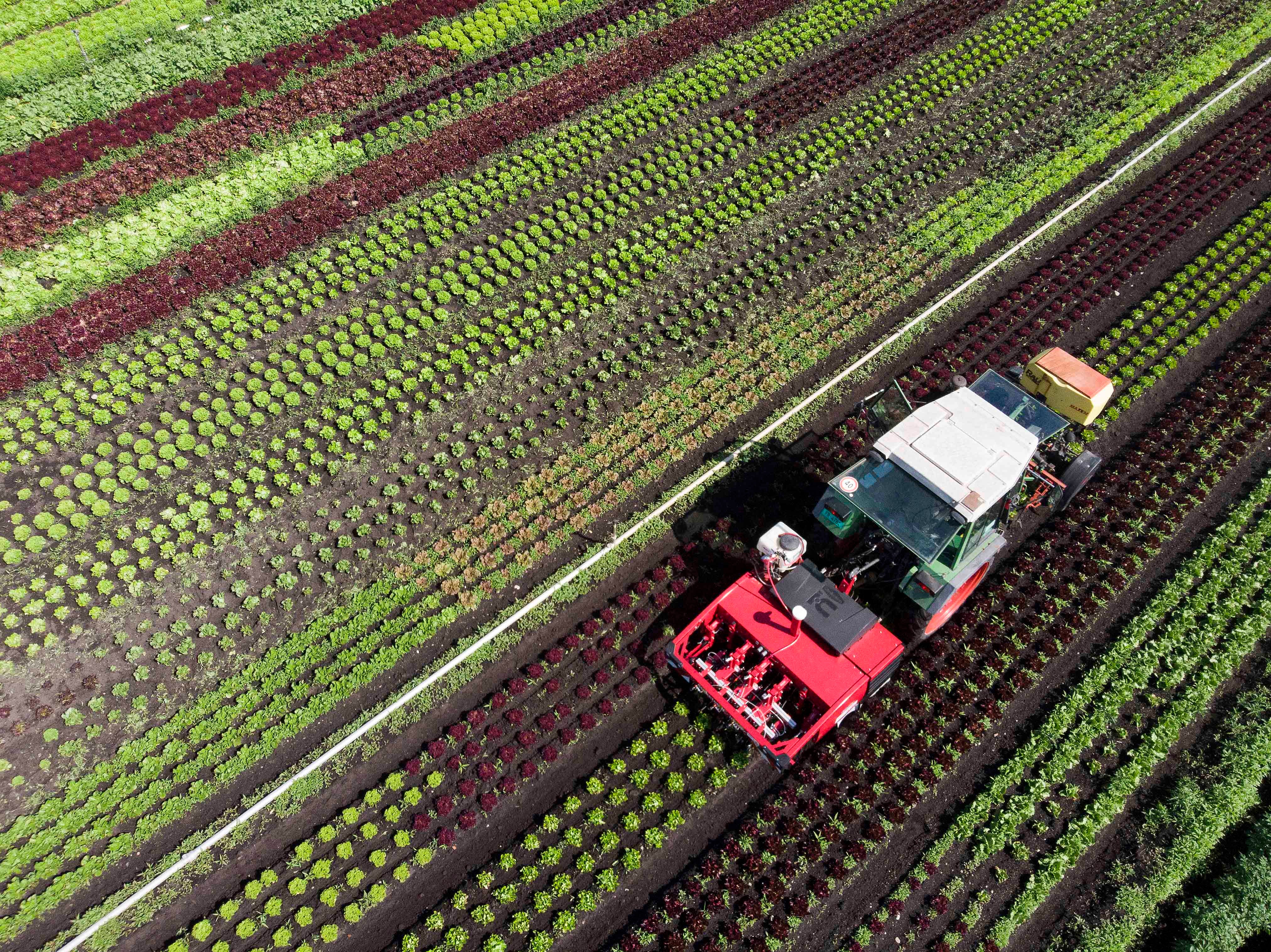
What impact might his work have on the issue of migrant workers? Given the pace of development in this field it seems unlikely to me that migrant farm workers will still be needed in another 10 years. Fumiya seems more sure: “Less than that, three maybe four years.”
Strawberries – he feels – will soon be picked almost exclusively by robot and a number of such devices are now on the market. The Agrobot E series, for example, has 24 robotic arms and works wirelessly. An advanced AI system enables the machine to not only pick strawberries extremely fast but to successfully identify the ripeness of a strawberry in the field.
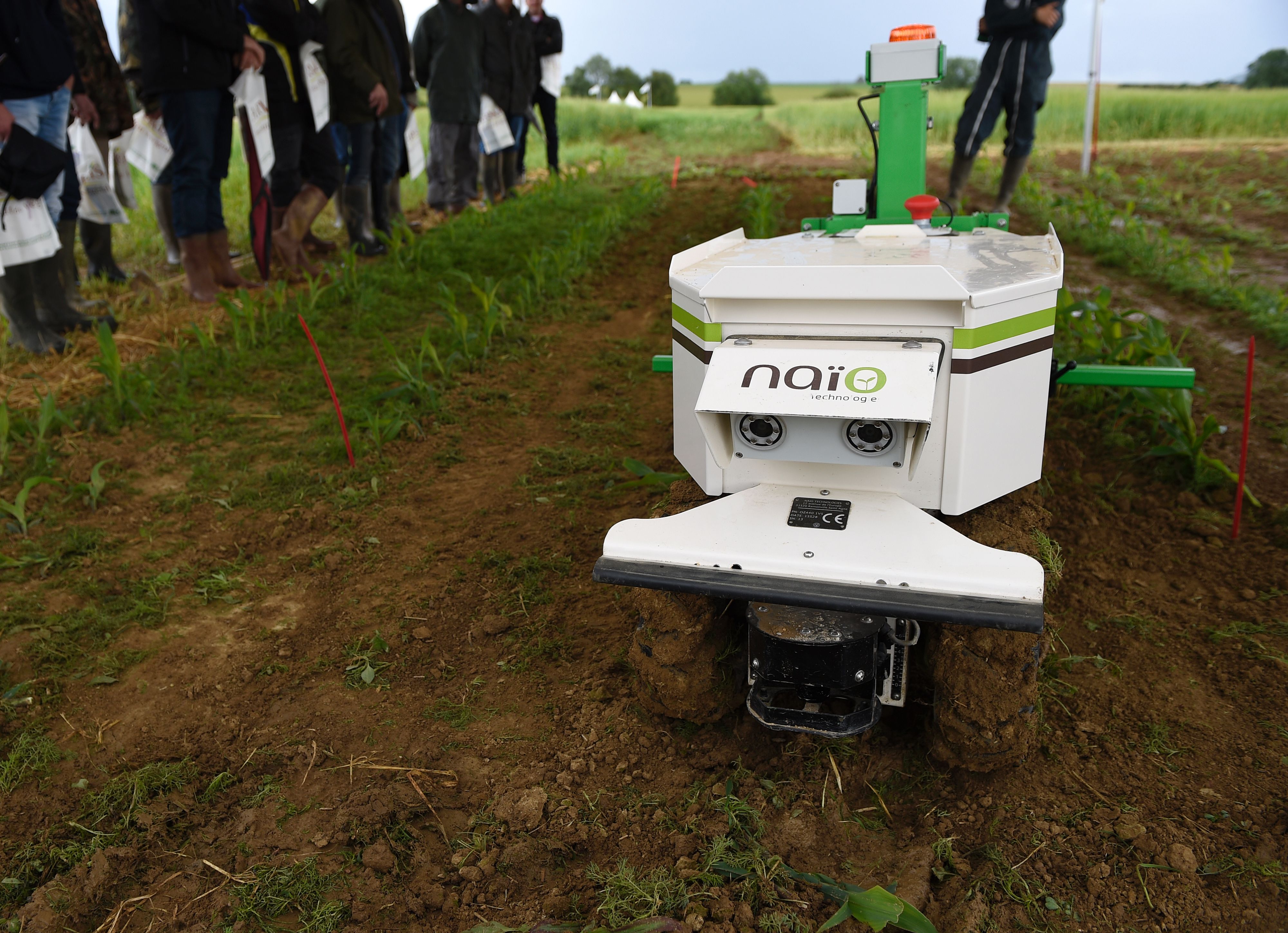
The technical challenge involved varies between the individual crops. Tomatoes are relatively easy to pick with a robotic hand but apples turn out to be much harder. Part of the explanation lies in GM technology, which has made it easier to pick the tomatoes as the size and shape of the crop has become more consistent. In contrast, an apple tree is much taller than a tomato plant and the apples themselves are spread out at different heights and at different depths between the branches. Overall, Fumiya’s more optimistic than I am. I actually foresaw a future where robots would pass through a plantation picking the easy access fruit and as little as 30,000 people would come after them, picking the other half. He’s more optimistic than I am: he foresees a scenario where we could almost eliminate human fruit pickers altogether. Assuming the machines were affordable, this might actually lead to cheaper food.
Across the pond, there is a widespread recognition that the farming workforce is ageing fast and much work has been done to augment their presence with outdoor robots. Fumiya feels that “the Germans and the Americans are probably ahead of us in tractor automation”, although we do have a presence in tractor manufacturing and automation.
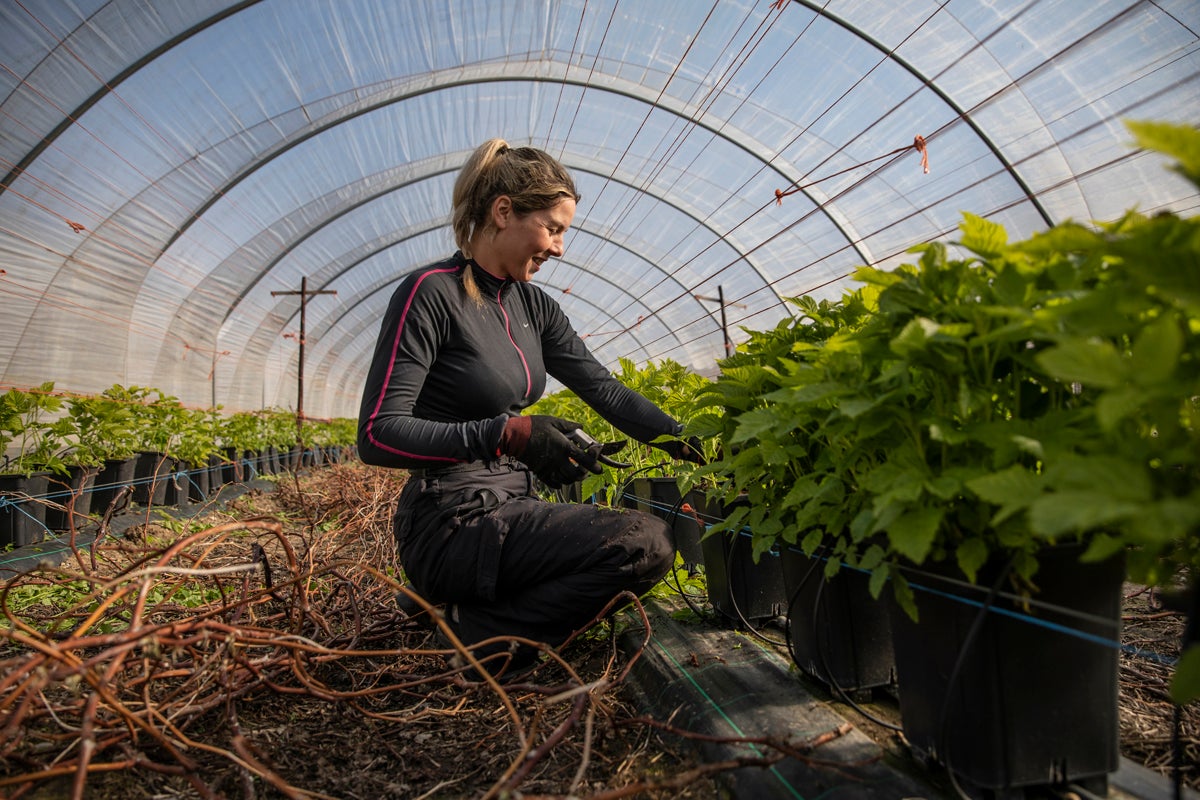
In some respects, this loss of interest in farming is hard to explain. Over the past few years, there has been something of a craze for family ancestry. People spend hours trying to find out what their great, great grandparents were up to in the late 19th century. Broadly speaking, it’s a waste of time. I can tell you now that virtually all of our ancestors did the same thing. For most of the last 10,000 years, they were peasant farmers. Since the day we stopped first being hunter-gatherers, we have all been farmers and almost every individual was condemned to survive by sprouting his own seed. If you weren’t any good at it, you would die very quickly. The world that we consider to be “normal” today only really began about 200 years ago. The 19th century saw relentless increases in British food production although production never overtook population growth.
Then in the 20th century, things started to change, coming to a head in the 1920s when the advent of the combine harvester wiped out an entire category of workers that had existed for centuries. Overnight, the holding of a scythe and retrieval of the cereal crop was finished forever. Thousands of seasonal farm labourers migrated to the cities and for all practical intents and purposes, they have never come back.
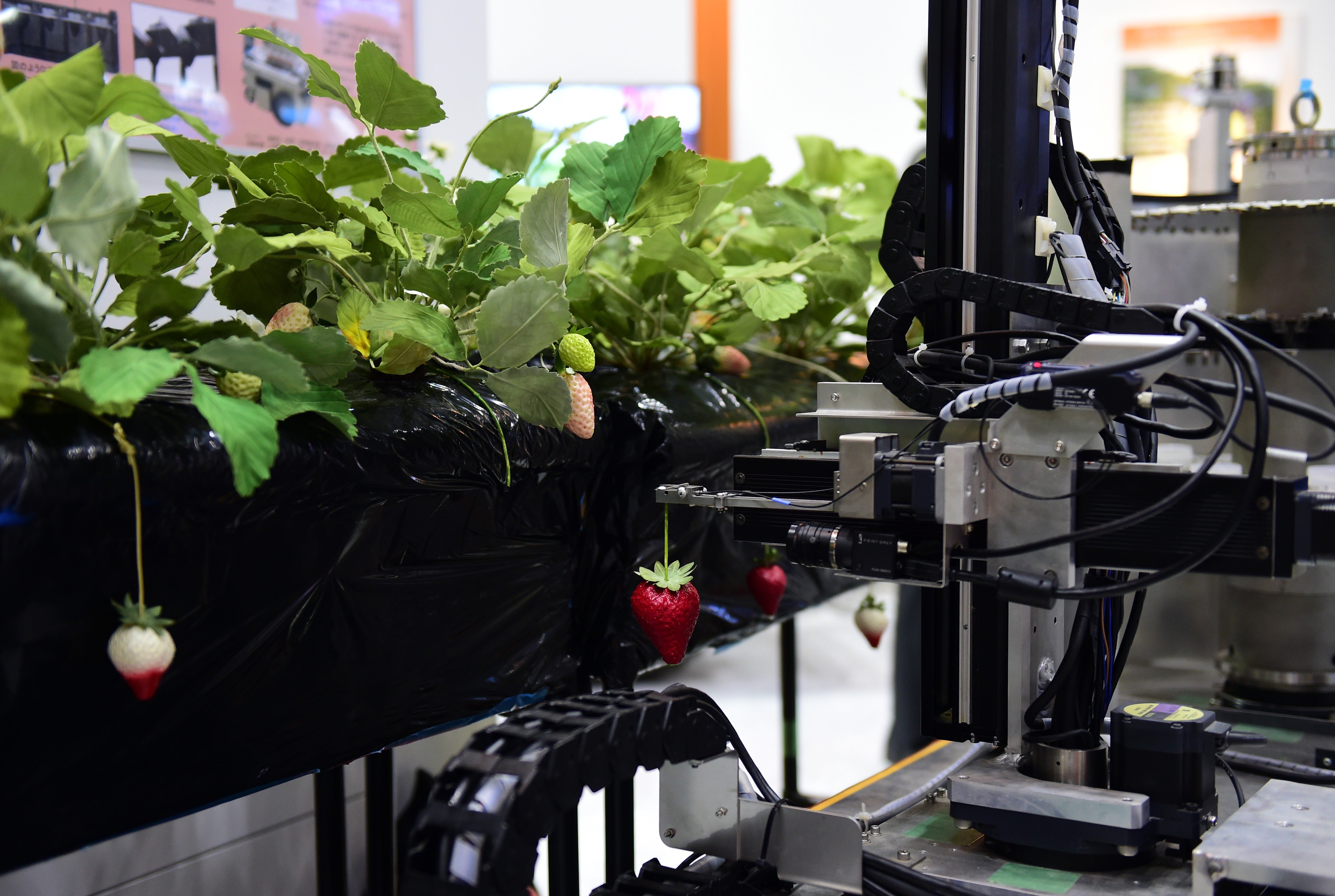
One man in the combine harvester and one man in the accompanying truck could do the work of 200 men. Ned Ludd never forgave us for killing the skilled weavers of this world but for some reason the man who invented the combine harvester got off scot-free. Now, nearly 100 years later, the industry is beginning to complain about having to pay even these two men to operate a combine harvester. Just as driverless cars are about to make their presence felt on our motorways, self-driving tractors and combine harvesters are about to hit our farms.
And at this point, it’s worth noting something quite exceptional about automation in the modern farming industry. Whereas most robotic innovation seems to antagonise the human workforce, robotics in farming seem to help. Our collective enthusiasm for what is probably the single most important job in our society is definitely on the wane.
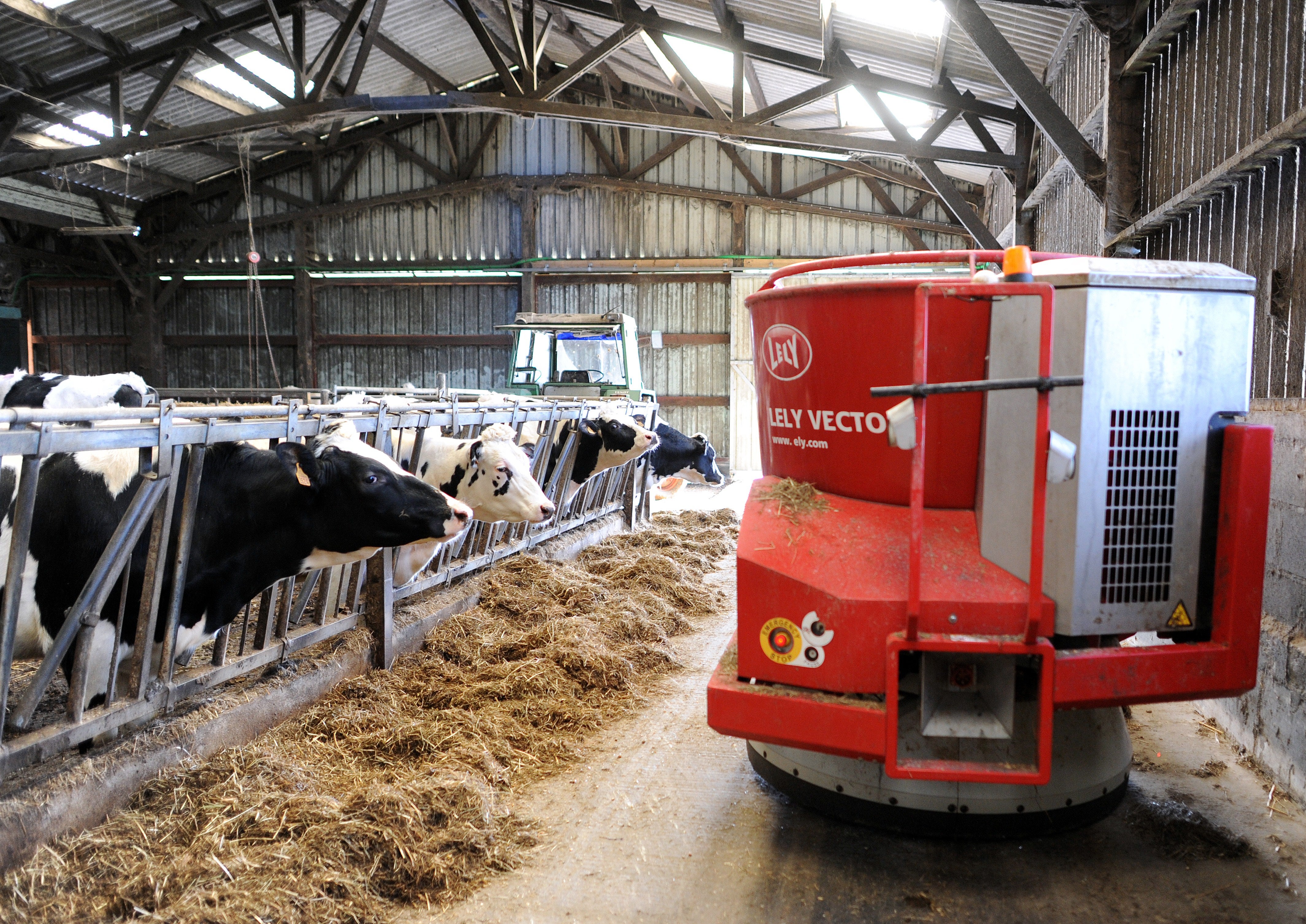
But beyond the demographic challenge, is there really any need for more automation? Fumiya thinks so. One obvious advantage of automation is the ability to increase the yield per acre. If we look at the global picture, food production is going to have to increase by at least 50 per cent by 2050 just to feed the growing population.
As things stand, intensive farming delivers a terrific amount of chemicals to the soil. With the next generation of robotic farming, the volume of chemicals involved may fall dramatically. Before we started using chemical weed killers, weeding was hugely labour intensive. Today there is substantial political and environmental pressure to reduce the use of chemicals in farming and if this policy is pursued to its logical limit, weeding will become a major issue all over again.
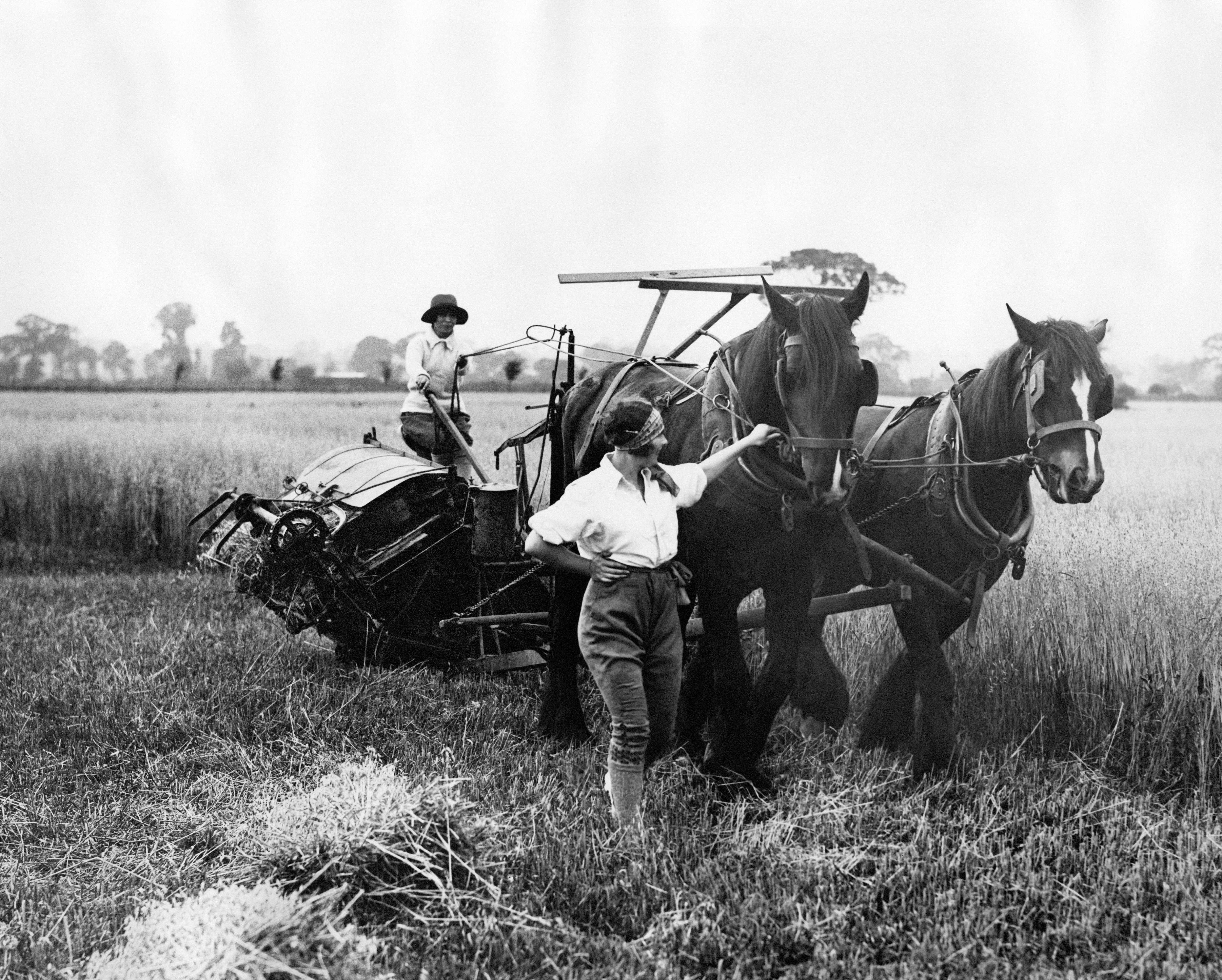
In recent years, there has been increasing interest in the idea of destroying individual weeds using specialist robots. A digital camera attached to the robot photographs the soil, identifies the weed, checks that it isn’t the desired crop and then reaches out to destroy the individual weed. Weeds can be pulled out of the ground, destroyed by electrical contact (which burns to the roots) or even lasered. Another option would be to squirt a small dose of weed killer chemicals onto the actual weed. This last technique wouldn’t avoid the need for chemicals but it would massively reduce the total dose of chemicals applied to the soil.
Again, new technology may be the answer. This is the case for the prototype robot Ecorobotix, which is more targeted at large cereal crops and allows a micro-dose of weed killer to be sprayed on the exact location of each weed. Just spraying chemicals everywhere delivers four times as many chemicals to the soil. Ecorobotix relies on solar power to run its engines. Similarly, the Austrian company has made Jati, a robot that is fully equipped with video cameras, machine learning and a laser gun that is deadly to your average weed.
Another area that that seems to have captured most people’s imagination is vertical farming. Fumiya is conscious of this work in cities but sceptical of the need in rural areas.
“Vertical farming is being done in London by a number of startups, but it’s three or four times more expensive than conventional farming. You’d only do that in a place where there was a shortage of land, such as London. You wouldn’t do that in East Anglia.”
Read More:
Remember that in picking a crop a robot might also be asked to make judgements on the ripeness that are particularly difficult for a machine to do. However, if this kind of AI can be injected into a robot then there is potential not just to reduce the cost of the harvest but to avoid wastage of crops that are sometimes left unpicked or rotten in a farmer’s field.
Autonomous mowing, running, seeding and also sorting and packing crops after removal from the field.
If you want to reduce costs you have to give less money to people and in some respects at least, it doesn’t matter which cost you try to eliminate. Transportation is a critically important part of food production and has the potential for rapid automation as does the process of shipping.
Moving on from that the Japanese have built a lettuce farm that is entirely automated. Lettuces are produced with almost zero human involvement. Better still, if crops are grown immediately adjacent to a large congregation of people (for example within a city) then the amount of time and money wasted on transport will fall to a minimum. In one Japanese facility, 10,000 lettuces a day are being harvested in a former Sony electronics factory where lettuces are now grown using hydroponics and using LEDs as a light source as opposed to the sun. Crops are grown two and a half times faster than in the outdoors using one per cent of the water. Incredibly, the indoor farm occupies quite a minimal amount of land. The same group is looking to expand in Hong Kong and Russia. It isn’t a solution to the problems of food production in itself but it’s probably a vision of the things to come.
Join our commenting forum
Join thought-provoking conversations, follow other Independent readers and see their replies
Comments